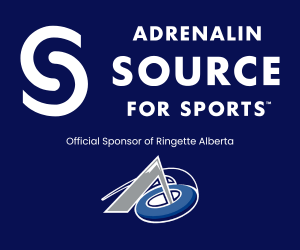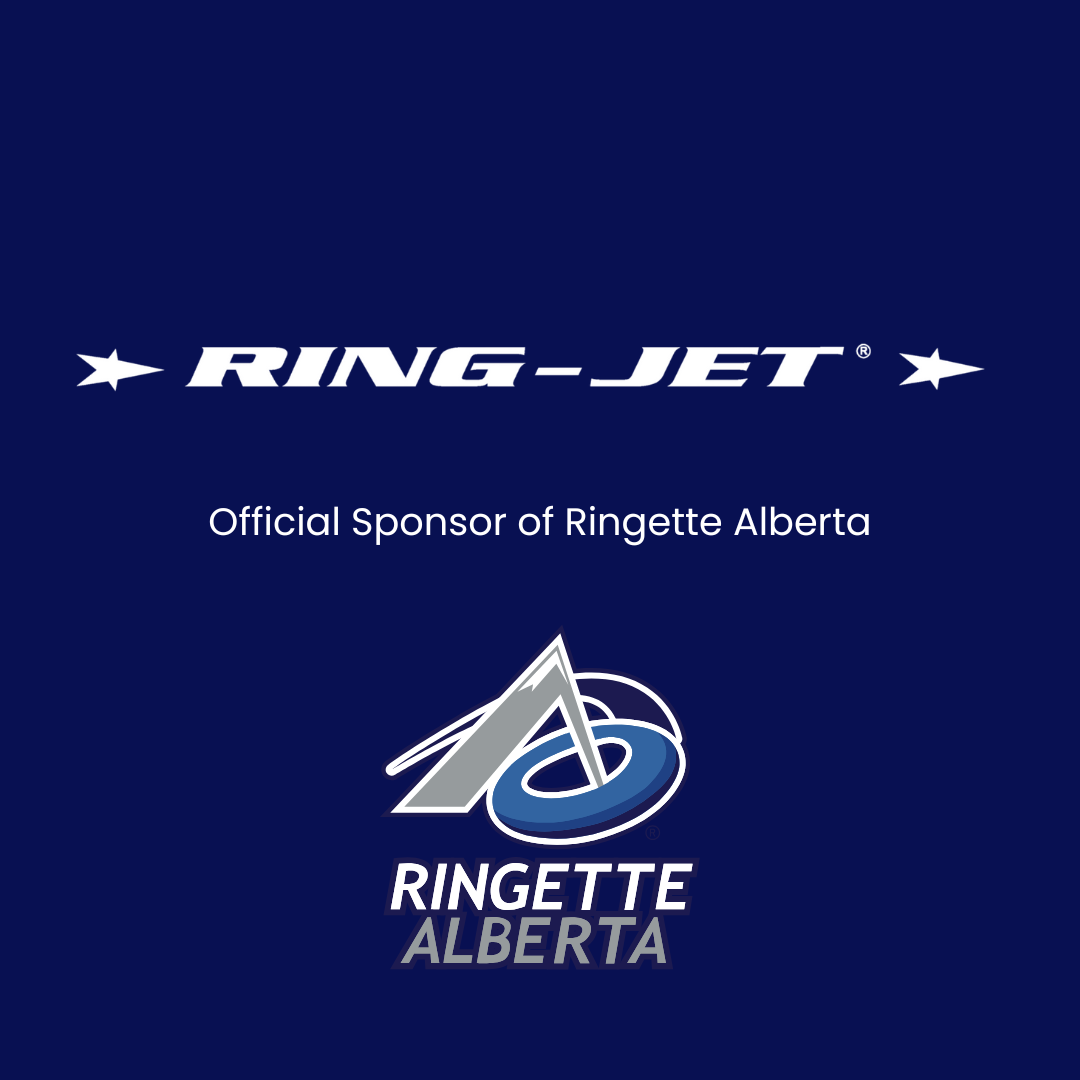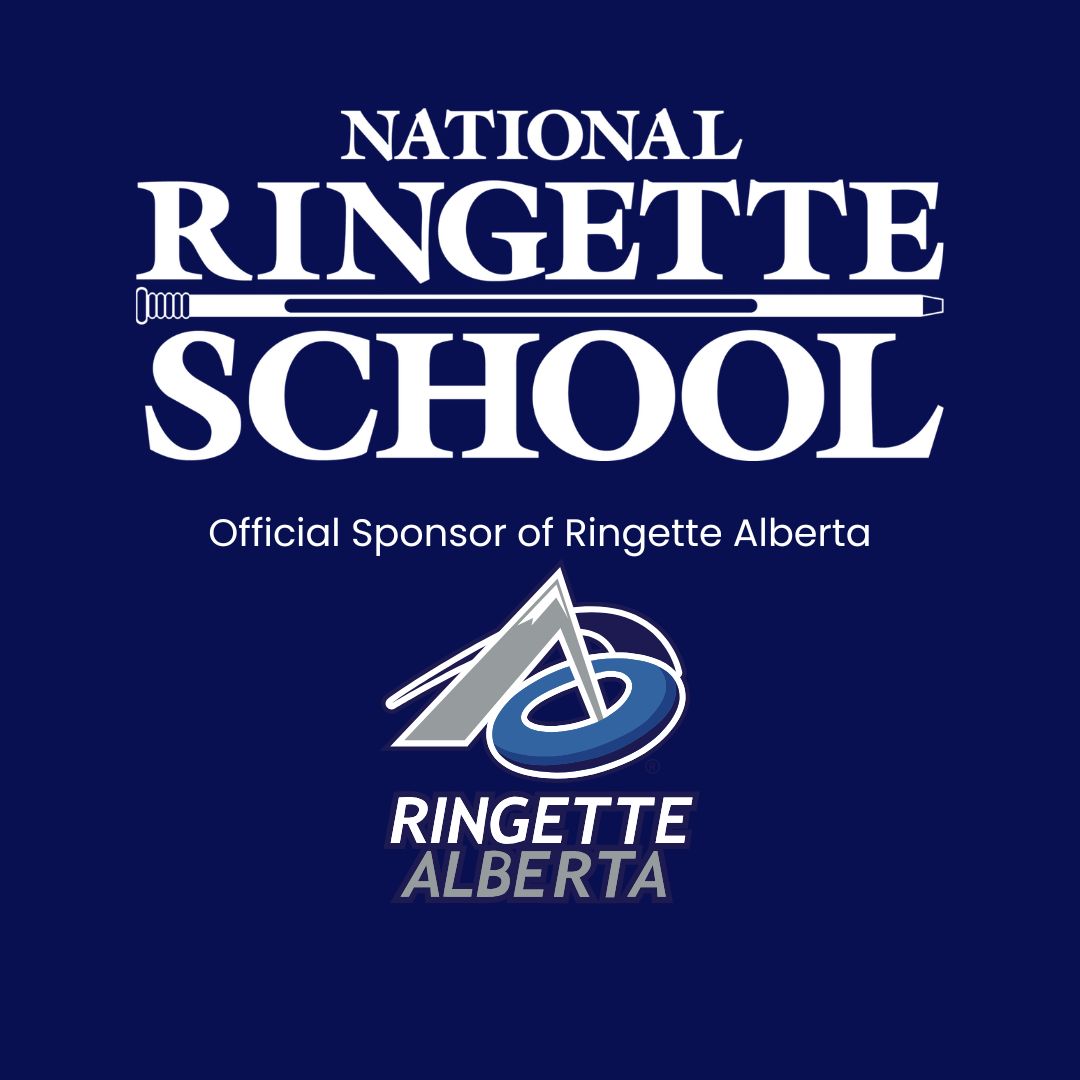Athlete Development
PARTICIPATION CONTEXTS
Not every individual of the same chronological age is at the same stage (biological age, technical skill, emotional/social maturity, etc.) in their development and, even those who are, may not necessarily want the same ringette experience.
There must be some degree of choice in the programs athletes access if we are to have happier athletes (because they are achieving their definition of success) and therefore improve retention.
A key challenge in implementing a stage-based model (Ringette LTAD Framework Document) is that ringette, like most team sports, is organized by age group. How do we apply stage-based principles to an age-based structure?
Clearly defining the different participation contexts, which includes an indication of which LTAD stages are found in these different contexts, and only then applying the stage-based changes to our sport, will be our way forward to a smooth transition to a LTAD-friendly sport.
The Participation Contexts* are:
- Intro to Ringette (Youth and Adult)
- Children’s Ringette (everyone under 12 years old)
- Classic Ringette (ages 12 and up)
- Excellence (pathway to High Performance programs)
- Flex Ringette (older youth and adult)
*Please note these are working titles will not be confirmed until Ringette Canada completes its plan to implement the recommendations from the Competition Review
Ringette Alberta is doing what we can, while we wait for Ringette Canada’s plan to be complete, to move towards these contexts. For now, we can confirm the following about Children’s Ringette.
CHILDREN’S RINGETTE
Children’s Ringette includes all programming up to and including U12.
The Long Term Athlete Development stages in Children’s Ringette are:
- Active Start 0-6* years of age
- Fundamentals
- Learn to Train**
*approximately
*Individual progress varies greatly at this stage. In ringette, with our chronological age groups, we consider most children in U12 to be somewhere in the Learn to Train stage. Some may be early in that stage, some may be later in that stage. Each child is an individual and progresses at their own rate.
For detailed information on how the Long Term Athlete Development Model applies to ringette, click here. For the basics, read on…
What Does Children's Ringette Look Like?
Active Start:
As a general guide, Active Start should not include structured ringette games until the children start to show they are moving into the FUNdamentals stage. Only when ready, their games are to be played cross-ice.
Most activities in Active Start should be child-led, look a lot like free play and allow them to feel competent and comfortable participating in a variety of fun and challenging activities.
FUNdamentals
In ringette, the FUNdamentals stage is broken down into three sub-stages: FUN1, FUN2, FUN3.
Progress through these sub-stages is NOT based on chronological age. It should not be assumed that the first year in FUNdamentals means the child must be placed in FUN1. It should not be assumed that the second year in FUNdamentals means the child must be in FUN2 and so on.
Strucutred ringette games may begin at the start of the season, but the majority of the time on the ice should NOT be in competitive games. Like Learn to Train, games should not take up more than 30% of the total ice time in the program if the program is to optimize the development of fundamental skills.
All FUNdamentals ringette Games are played half ice.
Learn to Train
Learn to Train can be broken down into two sub-stages. The following chronological ages can be used as a guide, but each individual progresses at their own rate.
Early in Stage: Females 8-9 years, males 9-10 years
Later in Stage: Females 10-11 years, males 11-12 years
Out of the total ice time used in FUNdamentals, 70% of it should be dedicated to practice.
All Learn to Train ringette games are played full ice
Official Sponsors
Upcoming Events
Mar. 18, 2026 to Mar. 22, 2026
Western Canadian Ringette Championships
Saskatoon, Saskatchewan



